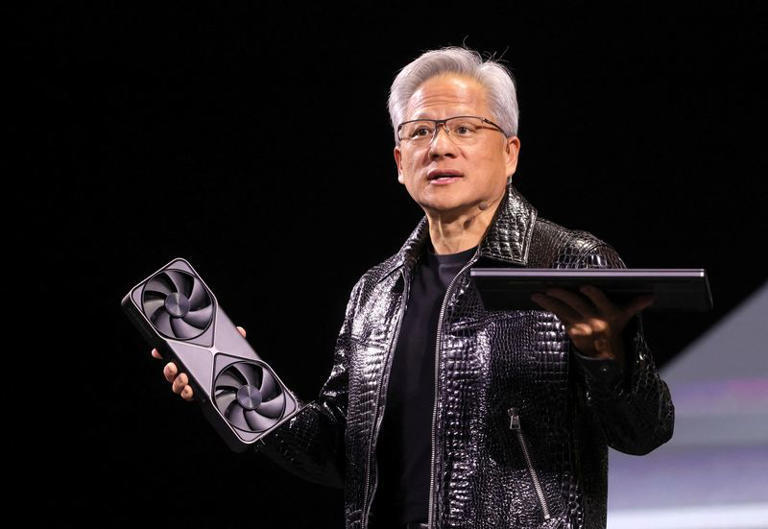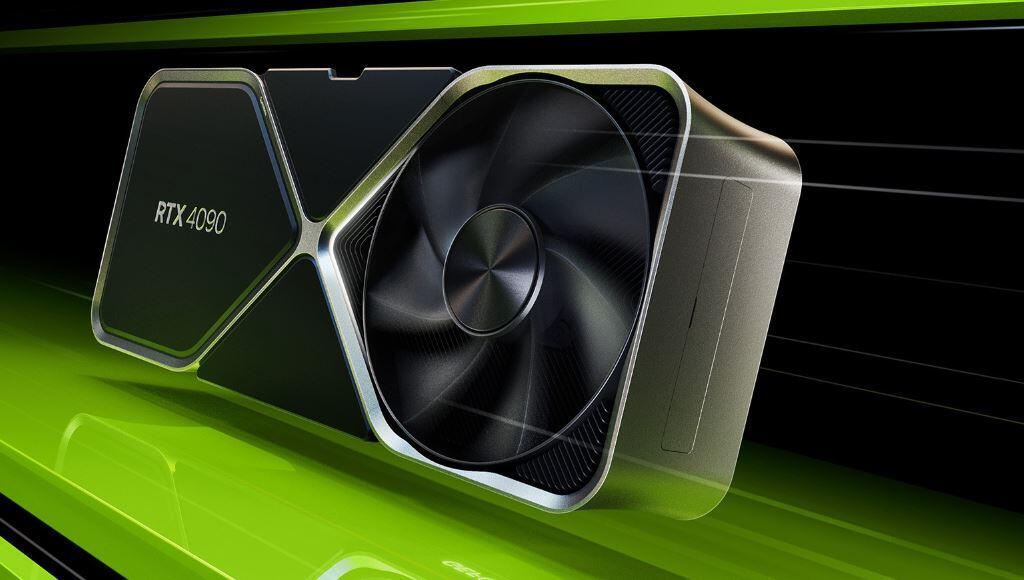Whether you see the current state of artificial intelligence as a revolution or a bubble, one thing is clear: AI is dominating technological discourse. From optimizing tasks using ChatGPT to philosophical debates about general AI potentially enslaving humanity, AI is everywhere.
At the peak of this AI-driven era, Nvidia, one of the greatest beneficiaries of this trend due to its leadership in processors, has launched the next generation of its graphics cards—the GeForce RTX 5000 series.
The series currently includes four models: RTX 5090 (the flagship card), RTX 5080, RTX 5070, and RTX 5070 Ti. While much has been said about this launch—some even calling it one of the worst in Nvidia’s history—this article focuses on a fundamental technological question: What is the role of AI in real-time graphics for video games, and how has Nvidia’s AI-heavy approach impacted, for better or worse, what the company offers to gamers? To answer this, we tested the RTX 5080 and came back with a few conclusions.
First and foremost, both on paper and in practice, the RTX 5000 series feels like Nvidia’s attempt to push AI capabilities as much as possible onto its customers. The most notable improvements in this new series, compared to its predecessors, are primarily in executing AI-related tasks (and even then, only specific tasks), while standard processing performance, known as "Rasterization," has seen little to no improvement in most of the cards. In other words, non-AI tasks have barely progressed compared to the previous generation.
Although Nvidia has been selling the dream of "AI graphics" since 2018, it appears that a day when game visuals are entirely generated by advanced AI, rather than pre-designed files, is still far off. For now, most gaming-related AI tasks performed by these cards focus on image processing based on game engine instructions, with added enhancements and extensions provided by AI.
The crown jewel of the RTX 5000 series is undoubtedly DLSS 4 (Deep Learning Super Sampling)—the fourth generation of Nvidia’s AI-driven technology suite designed to enhance gaming experiences. DLSS allows for higher frame rates (FPS), reduced latency, and improved image quality.
One of DLSS’s standout features, introduced in the previous generation of GeForce cards, is its ability to generate "artificial" frames using AI between every two "real" frames created by the game engine. In this new generation, Nvidia has taken the technology a step further, increasing the number of AI-generated frames between every two real frames to three.
If this sounds similar to the motion-smoothing techniques in modern TVs, which often produce unnaturally smooth video, you wouldn’t be entirely wrong. However, while TV effects tend to feel unnatural, DLSS delivers results that are far more visually impressive and pleasing. Furthermore, unlike TV mechanisms, DLSS utilizes information provided by the game engine, rather than relying solely on image processing.
It’s important to note that the “real” frames (produced by the game engine, not AI) continue to run at their original pace, and the number of frames calculated by the engine remains unchanged. This means that while the image appears smoother due to the artificial frames, it does not result in reduced input lag or faster responsiveness. In fact, input lag can slightly increase because the game now needs to calculate at least two frames in advance to maintain the sequence, rather than just one (as is the case when not using Frame Generation). As a result, for Frame Generation to deliver good results, the game’s native refresh rate must already be sufficiently high to justify the trade-off.
Another key feature of DLSS, present since its inception, is "super resolution"—using AI to render a game at a lower resolution than the display’s native resolution to achieve a higher refresh rate, while the AI bridges the gap between the resolutions. This process, known as upscaling, adapts a lower-resolution image to a higher-resolution display in a way that is both intelligent and effective, often improving image quality in the process.
The trade-off for both features is that the AI sometimes makes mistakes or doesn’t make the best decisions, resulting in occasional minor visual glitches. These glitches may or may not be noticeable, depending on the situation. As part of DLSS 4, Nvidia introduced a new transformer model for upscaling, which significantly reduces these visual glitches compared to the previous CNN model. Fortunately for gamers, this new model is also compatible with older RTX cards, unlike the x3 Frame Generation feature, which is exclusive to the new series.
We were highly impressed with DLSS 4 but left with some unanswered questions. The first is—will it be enough? Since the series’ launch, Nvidia has faced significant criticism, especially over the fact that improvements in core graphical processing—traditionally a major focus—seem to have been sacrificed in favor of AI advancements.
Over the next year, Nvidia will need to demonstrate that it can collaborate with enough game developers to make DLSS 4 a key selling point for its cards, both for the company and its partners. It will also need to contend with fierce competition from AMD, which is targeting the mid-range market with its new generation of cards and has introduced an updated version of its competing technology, FSR 4. This technology appears to have significantly closed the gap with Nvidia’s achievements.
Get the Ynetnews app on your smartphone: Google Play: https://bit.ly/4eJ37pE | Apple App Store: https://bit.ly/3ZL7iNv
The second question pertains to the console market: will DLSS 4 serve as Nvidia’s way back into the console world? According to rumors, the specifications for the next Xbox and PlayStation are nearing completion. Unlike the previous two generations, which used AMD processors, Nvidia is aggressively courting Sony and Microsoft this time around. (That said, AMD has also developed its own advanced technologies.)
Specifications for the current generation of consoles were finalized just before Nvidia’s major leap in AI, leading to their relatively quick aging compared to gaming PCs released since. It is reasonable to assume that Sony and Microsoft have learned from this and will aim to avoid a similar situation with the next generation.
The third question is—what comes next? Nvidia’s stock is now closely tied to AI, much more than to gaming, and this is unlikely to change in the coming years. As the performance of graphics cards becomes increasingly dependent on factors like price, physical space, power consumption, and heat dissipation, each new generation must strike a careful balance between different audiences.
Ultimately, the RTX 5000 series is a clear example of Nvidia’s shift in focus, emphasizing improvements in AI-related tasks over delivering better core gaming performance. Is this the new standard? Will future graphics cards lean even more heavily toward AI? Judging by AMD’s decision to "merely close the gap" in this generation, it seems the answer is yes.



